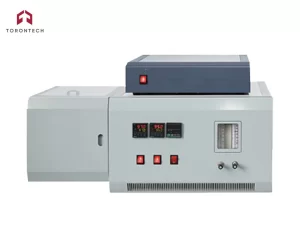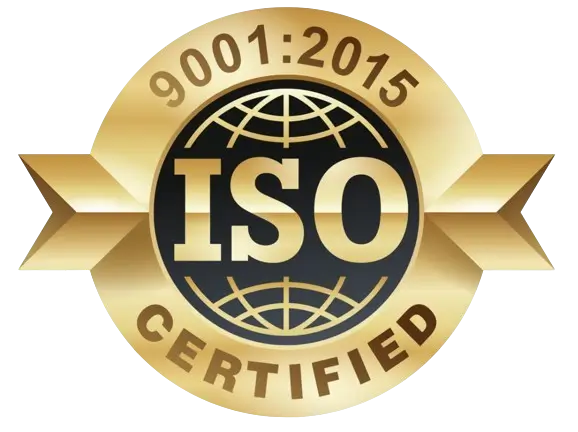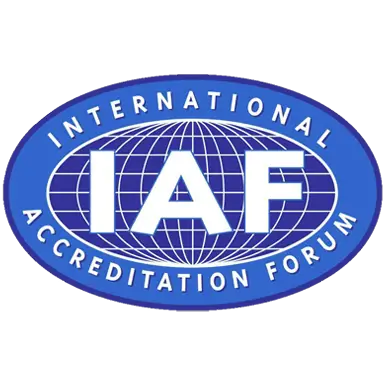Sulfur and Chlorine Micro Coulometric Titrator
Sulfur and Chlorine Micro Coulometric Titrator TT-4929
Sulfur and Chlorine Micro Coulometric Titrator TT-4929 - When the sample is injected into a quartz tube and mixed with oxygen, it undergoes combustion. Subsequently, the combustion gases are directed into a titration cell where they react with I3- or Ag+.
The analyzer then identifies and supplements the original concentration with I3- or Ag+. Following Faraday's laws of electrolysis, the detector module calculates the energy consumed, thereby determining the concentration of sulfur or chlorine.
Applicable Standard
This titrator complies with ASTM D4929, ASTM D3120, ASTM D3246, and ASTM D5808.
1. The analysis, data processing, and other processes are controlled by a Windows operating platform, enabling the display of the entire process's working status. Parameters and results can be stored or printed as required. The software can archive up to 5000 sample data entries and facilitates historical data retrieval and graphical playback for convenient comparison and analysis.
2. It utilizes internationally acclaimed circuits and imported components to minimize noise and enhance detection sensitivity.
3. With a rapid analysis speed, each sample is analyzed in only 3 to 4 minutes.
4. It addresses the drawbacks of traditional Coulometric titrators, such as high water quality demands and low conversion rates. Through upgrades, this instrument significantly reduces water quality and other analysis conditions requirements, achieving a CRM conversion rate easily ranging between 90% and 110%. The CRM reverse calibration deviation does not exceed 5%.
5. Incorporates imported high-quality heating wire to prolong the service life of the cracking furnace.
6. The data processing software features automatic over-temperature protection cutoff. If the temperature surpasses the set upper limit, the software automatically cuts off the power to safeguard the electric furnace wire and combustion tube.
7. Includes a delayed cooling function, allowing users to set the cooling time post-analysis, with automatic power shutdown upon completion of cooling.
8. Equipped with a gas cut-off alarm to prevent contamination of the cracking tube due to reverse suction.
9. The specially designed high-performance spiral combustion tube is tailored for detecting halogen content in various industrial and gaseous samples containing highly volatile components. Its main advantages include fast injection speed (up to 1ul/s) and resistance to coking, enhancing the accuracy of analysis results, especially for trace samples.
10. The chlorine titration cell features a unique design with an all-silver rod electrode, eliminating the need for prior preparation. The titration tank features a long service life of at least 4 hours and contains a 75% glacial acetic acid solution with a capacity of 35ml. It can complete 60 tests without requiring maintenance. The measurement is precise, with a short start-up time and minimal maintenance. The detector comes with an independent temperature control system, ensuring a constant temperature and extending the titration cell's service life. The detected gas can be discharged outside through hose connection or passed into a distilled water bottle for adsorption.
11. Adopts an open LIMIS (Laboratory Information Management System) database management mode, facilitating convenient database retrieval and management.
1. Measuring Range:
- Sulfur: 0.1 mg/kg to 10000 mg/kg (%)
- Chlorine: 0.3 mg/kg to 10000 mg/kg (%)
2. Sample Type:
- This titrator accommodates solid, liquid, and gas samples. Select the appropriate injector based on the sample type.
3. Temperature Control Range:
- The temperature control range spans from ambient to 1000°C ± 1°C.
4. Repeatability Error:
- For X < 1.0 mg/kg, the coefficient of variation (Cv) is ≤ 20%.
- For 1.0 mg/L ≤ X ≤ 10 mg/kg, the coefficient of variation (Cv) is ≤ 10%.
- For X > 1.0 mg/kg, the coefficient of variation (Cv) is ≤ 5%.





